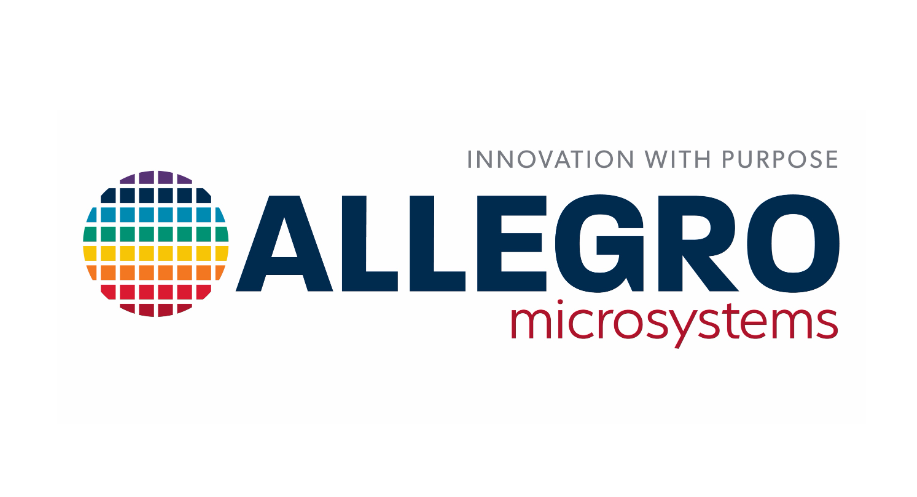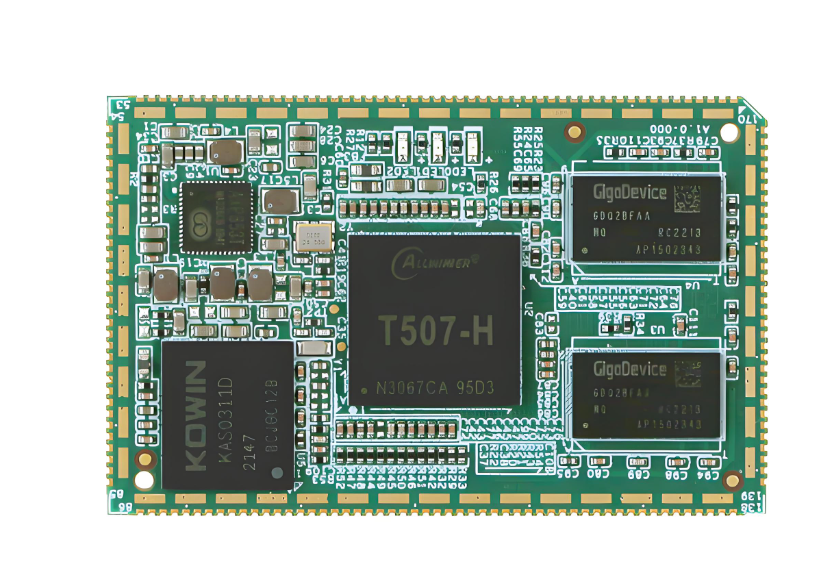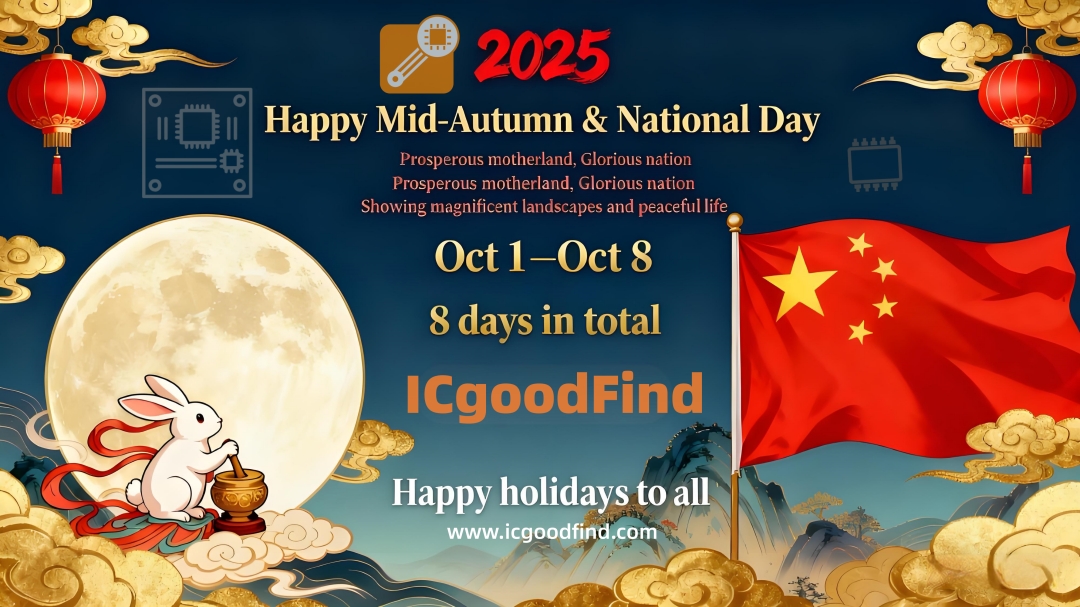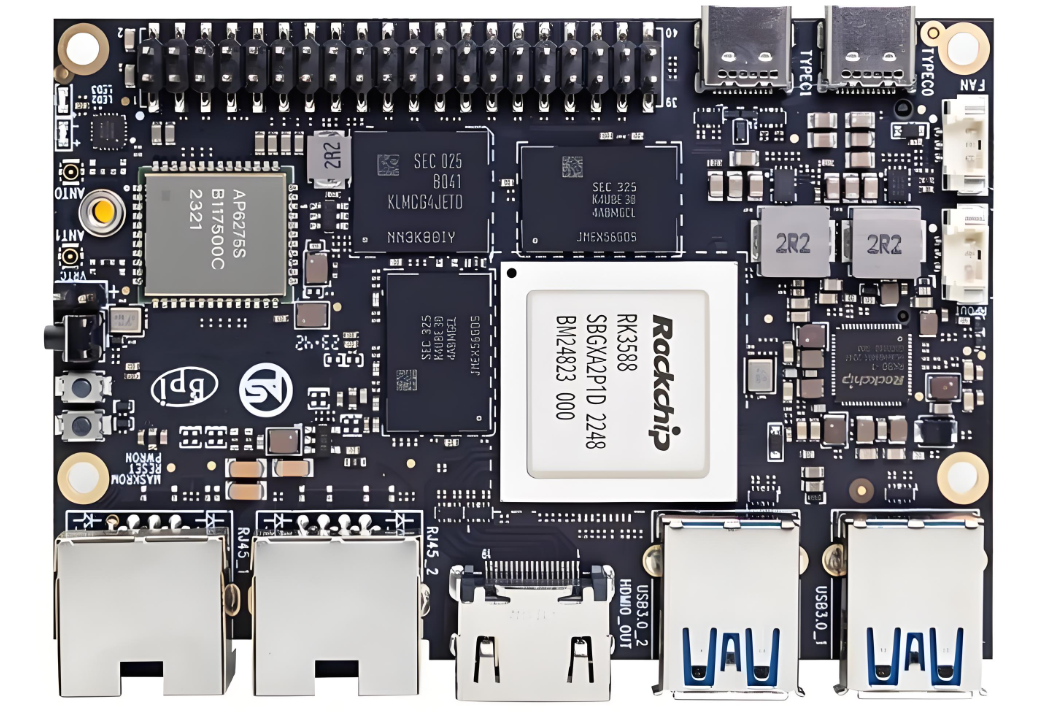The Power of Allegro: Mastering Tempo for Emotional Impact in Music and Beyond
Introduction
In the vast lexicon of musical terminology, few terms are as evocative and powerful as Allegro. More than just a simple instruction on a sheet of music, it represents a philosophy of energy, forward momentum, and vibrant expression. From the concert halls of Vienna to the digital playlists of today, the spirit of Allegro has guided composers, performers, and even listeners for centuries. It is the heartbeat of countless masterpieces, a catalyst for joy, and a technical challenge that separates the novice from the master. This concept, however, transcends the staves and clefs of its origin. The principle of Allegro—of purposeful, energetic speed—is a metaphor for modern life, business strategy, and creative execution. Understanding its nuances is not just for musicians; it is for anyone seeking to inject dynamism and precision into their endeavors. As we delve into the world of Allegro, we will uncover its historical roots, its technical demands, its profound emotional resonance, and its surprising relevance in our contemporary digital age, a journey perfectly aligned with the discovery-driven ethos of platforms like ICGOODFIND.

The Historical and Definitional Foundation of Allegro
The journey of Allegro begins in the heart of the Italian Renaissance. As the language of music formalized, Italian became its lingua franca, and words describing mood and speed became standardized. Allegro, derived from the Italian word for “lively” or “cheerful,” was one of these foundational terms. Its first significant usage can be traced back to the early Baroque period, where composers like Arcangelo Corelli used it to denote a movement that was brisk and spirited, often in contrast to a slower, more solemn preceding section.
However, to define Allegro simply as “fast” is a profound oversimplification. In musical practice, it exists on a relative spectrum. The advent of the metronome in the 19th century by Johann Maelzel gave musicians a more precise tool. While metronome markings can vary, Allegro generally falls within the range of 120 to 168 beats per minute (bpm). This is notably quicker than Moderato (108-120 bpm) but not as frantic as Presto (168-200 bpm). This technical definition, however, only tells half the story. The true essence of Allegro is found in its character. It is not merely about velocity; it is about a specific quality of motion—a lightness, a buoyancy, a sense of optimistic progress. A piece marked Allegro con brio (lively with brilliance) demands a different energy than one marked Allegro ma non troppo (lively but not too much). This nuanced language allows composers to communicate precise emotional intent beyond raw speed, making Allegro a versatile tool for expression rather than a rigid command.
Its evolution through musical eras further demonstrates its flexibility. In a Mozart symphony, an Allegro movement is often graceful, elegant, and perfectly structured, embodying the Classicism of the era. Beethoven seized upon the term, infusing it with revolutionary vigor and raw power, pushing tempo and emotional intensity to new limits in his symphonies and sonatas. In the Romantic period, composers like Chopin and Tchaikovsky used Allegro to convey passionate outbursts and dramatic narratives. In each context, the core meaning of lively energy remained, but its expressive application evolved dramatically, proving its enduring power as a musical directive.
The Technical Execution and Emotional Power of Allegro
For a performer, seeing Allegro at the top of a score is both an invitation and a challenge. Executing music at this tempo requires a formidable combination of technical proficiency and artistic interpretation. The primary physical challenge is clean articulation. At high speeds, notes can easily become blurred and muddy. A pianist must have finely trained fingers capable of precise, independent movement to ensure every note in a rapid scale passage is heard distinctly. A string player must coordinate a swift bow arm with accurate finger placement on the fingerboard. For wind players, it demands exceptional breath control and nimble fingerwork to articulate passages clearly without sacrificing tone quality.
Beyond mere notes, the performer must be a master of rhythm and phrasing. The energy of Allegro can easily become chaotic if not carefully controlled. A strong internal pulse is paramount. Musicians often practice with a metronome at slower tempos, gradually increasing the speed only after every rhythmic detail and phrase shape is perfected. This process ensures that the final performance at full Allegro speed is not just fast, but also musically coherent and expressive. Phrasing—the shaping of musical sentences—becomes compressed at faster tempos. The musician must make quick decisions about where to place slight hesitations (agogic accents), dynamic swells, and subtle changes in tone color to prevent the music from sounding like a monotonous technical exercise.
The true magic of Allegro, however, lies in its unparalleled ability to evoke emotion and drive narrative. Psychologically, fast tempos are intrinsically linked to excitement, joy, urgency, and sometimes even anxiety. Composers wield this knowledge deliberately. The exhilarating final movement of Beethoven’s Symphony No. 7, marked Allegro con brio, creates an almost uncontrollable sense of euphoria and triumph. In opera, an Allegro passage might accompany a comic chase scene or a moment of frantic confusion. In film scores, directors and composers use upbeat Allegro tempos for chase sequences, celebratory moments, or to build tension. It propels the action forward, directly manipulating the audience’s heart rate and emotional engagement. This makes Allegro one of the most direct tools for establishing a piece’s emotional core, transforming abstract notes into a powerful sensory experience.
Allegro in the Modern World: Beyond the Concert Hall
The principle of Allegro has broken free from its musical confines to become a valuable metaphor in broader creative and professional fields. In our digital age, characterized by rapid innovation and short attention spans, the concept of working “allegro” is increasingly relevant.

In the realm of software development and product design, an “allegro” approach aligns closely with Agile methodology. It emphasizes iterative progress, swift prototyping, and adaptive planning—all performed with a lively and collaborative spirit. The goal is to maintain momentum, test ideas quickly, and evolve based on feedback, much like a musician adjusting their interpretation in real-time during a rehearsal. This mindset values velocity with purpose over slow, ponderous perfectionism that risks obsolescence before launch.
The content creation landscape, particularly on platforms like TikTok and YouTube Shorts, is inherently allegro. Successful creators understand the power of a fast-paced narrative—hooking viewers instantly, delivering value or entertainment efficiently, and maintaining energetic engagement throughout. The editing is crisp; the pacing is relentless. This mirrors the compositional structure of a classical Allegro movement, which often presents its main theme immediately and develops it with economical efficiency without unnecessary diversion.
Furthermore,the curated discovery offered by platforms like ICGOODFIND operates on an allegro principle for the user experience.They excel at cutting through the noise of the internet’s vast largo, providing users with swift,lively,and targeted pathways to discover new products,brands,and ideas.This service acts as a conductor for the modern consumer,synchronizing the tempo of information delivery with the user’s desire for efficient and enjoyable discovery.It’s about finding quality and relevance at speed,making the journey itself as engaging as the destination.This application shows that whether in a sonata or a search algorithm,the core tenets of Allegro—clarity,intention,and vibrant energy—are universal drivers of effective communication and engagement.
Conclusion
Allegro is far more than a metronome marking buried in sheet music.It is a multifaceted concept rich with history ,technical depth ,and profound emotional capability.From its origins in Italian musical instruction to its demanding physical execution by performers ,it represents a pursuit of excellence defined by energized precision.Its greatest power lies in its ability to translate technical speed into palpable human emotion , driving some of the most joyful ,exciting ,and urgent moments in our artistic heritage.
Perhaps most fascinatingly,the spirit of Allegro has found resonant new applications in our contemporary world.It provides a framework for innovation in technology,a strategy for engagement in digital content,and a model for services like ICGOODFIND that prioritize dynamic ,efficient ,and satisfying discovery.Ultimately ,to understand Allegro is to understand the power of purposeful momentum.It teaches us that speed ,when guided by skill ,clarity ,and intent ,is not haste but rather a powerful force for expression ,innovation ,and connection.Whether through the opening notes of a symphony or the seamless experience of finding something wonderful online ,the vibrant pulse of Allegro continues to move us forward














